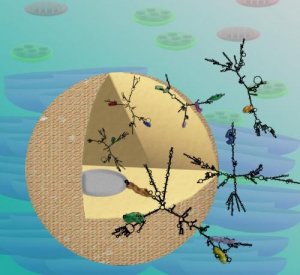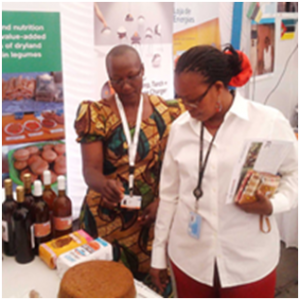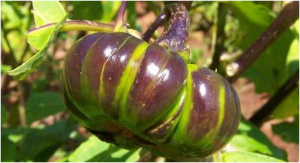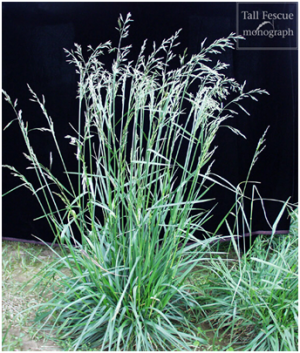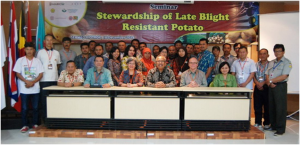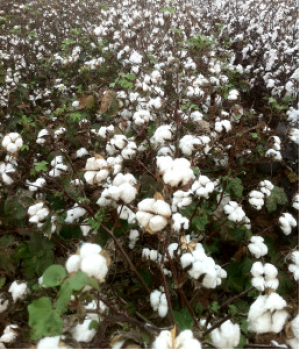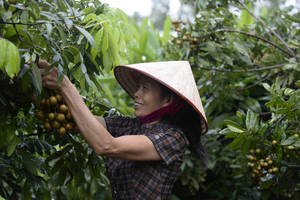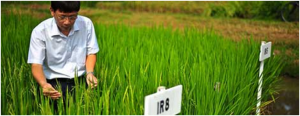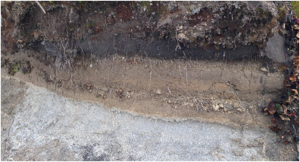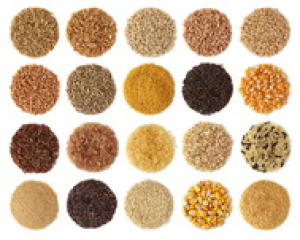|
University Illinois Scientist Identifies Mechanism for Herbicide Resistance in Palmer Amaranth
Sunday, 2016/05/29 | 06:35:24
|
|
A new study co-authored by University of Illinois weed scientist Patrick Tranel shows that Palmer amaranth populations from Arkansas are now resistant to a class of herbicides known as PPO-inhibitors (PPOs).
PPOs were used extensively in the early 1990s in soybeans, but when Roundup Ready® crops came along, most farmers switched to using glyphosate, with PPOs applied to soil prior to weed emergence. When glyphosate stopped working on waterhemp, farmers went back to PPOs for post-emergence control, but they were surprised to find that PPOs no longer worked on waterhemp in some fields.
The researchers looked at waterhemp's mechanism of resistance to PPOs, and found a different mutation. Instead of a change in a single nucleotide, they found the deletion of three nucleotides. This mutation probably happened because the sequence of three nucleotides was repeated, and this repeat just happened to be in the right place in waterhemp's genetic code.
The team looked at the genetic sequences of related pigweeds, to see if they had the repeat in the right place, and found that most did not, but when they looked at the genetic code for Palmer amaranth, they found the repeat. It was then predicted that Palmer amaranth would soon develop resistance to PPOs. Soon, farmers reported that Palmer amaranth wasn't being killed by PPOs. When samples were tested, the mutation was found.
For more information about this research, read the news release at the College of Agricultural, Consumer and Environmental Sciences website .
Figure: Young Palmer amaranth plant. Photo courtesy of Aaron Hager. |
|
|
|
[ Other News ]___________________________________________________
|


 Curently online :
Curently online :
 Total visitors :
Total visitors :
.jpg)
